Hanwha Resort Baegam Hot Springs (한화리조트 백암온천)
2020-09-07
129-13, Oncheon-ro, Uljin-gun, Gyeongsangbuk-do
+82-54-787-7001
The Baegam Hot Springs area was recognized as a special tourist zone on December 31, 1979 as the only natural sulfur hot spring in Korea to have alkaline water containing radium. Baegam Hot Springs’ soft and transparent water is known for its therapeutic effects against neuralgia, chronic arthritis, and arterial sclerosis. The water is at a steady 53℃, the perfect temperature for the body. The resort also offers billiards, table tennis, a gaming arcade and more for a fun famiily retreat. Nearby attractions include Baegamsan Mountain and beaches on the east coast.
Elysian Gangchon Ski Resort (엘리시안 강촌 리조트)
2025-03-16
688 Bukhangangbyeon-gil, Namsan-myeon, Chuncheon-si, Gangwon-do
+82-33-260-2000
The Elysian Gangchon Ski Resort is a multifaceted resort offering more than just ski slopes with diverse courses. It also features the Gangchon Country Club, tailored to highlight the natural mountain terrain. For events like banquets and seminars, the resort offers 222 rooms, a wedding hall, and a reception center, alongside various dining options. Additionally, guests can enjoy both relaxation and recreational facilities, including indoor and outdoor swimming pools, a sauna, a fitness center, and a kids' park. The resort also provides scenic walkways and hiking trails for guests to explore and enjoy the surrounding landscape.
Sono Calm Jeju (소노 캄 제주)
2025-03-16
6347-17, Iljudong-ro, Seogwipo-si, Jeju-do
+82-2-1588-4888
Sono Calm Jeju is located by the southern coast of Jeju Island. The resort complex has a beautiful garden and a walking path along the beach. It is also fully equipped with relaxation, leisure, and entertainment facilities, and business centers.
Sono Calm Jeju has three lodging facilities: Shineville, Luxury, and Royalville buildings. The rooms in Shineville and Luxury are hotel rooms that are inspired by neo-classic designs while the Royalville offers an ocean-view villa-style room for a more personal feel. Some of the facilities available include a fitness club, restaurants, karaoke, cocktail bar, saunas, an outdoor swimming pool, banquet hall, and more.
Kumho Tongyeong Marina Resort (금호통영마리나리조트)
2025-03-16
33, Keunbalgae 1-gil, Tongyeong-si, Gyeongsangnam-do
+82-55-643-8000
Kumho Tongyeong Marina Resort offers visitors the nation’s first land and water combined resort that includes yacht and other water sports as well as cutting edge sports facilities for educational training.
Hanwha Resort - Gyeongju (한화리조트 경주)
2025-03-16
182-27, Bomun-ro, Gyeongju-si, Gyeongsangbuk-do
+82-54-777-8400
Hanwha Resort Hotels & Resorts is a leading hospitality & leisure company with the highest number of condominiums and golf courses across Korea. Hanwha Resort in Gyeongju Bomun Complex (a World Heritage site) has a wide range of subsidiary facilities including banquet halls, seminar rooms, a hot spring sauna, bicycle rentals, a bowling alley, an outdoor swimming pool, supermarket, singing room and more. There are a total of four designated guestrooms for people with disabilities, with rooms equipped with beds in the annex building. All rooms are equipped with up-to-date amenities while having a simple design that is always ready to welcome the visitors.
Yongpyong Resort Greenpia Condominium (용평리조트 그린피아콘도)
2025-03-16
715, Olympic-ro, Pyeongchang-gun, Gangwon-do
Yongpyong Resort Greenpia Condominium features a perfect resting area with an eco-friendly interior design based on a Bohemian-style concept. The stunning mountain scenery can be enjoyed from the guest rooms. Yongpyong Resort is well harmonized with the natural surroundings and is especially popular during winter.
Seorak Pine Resort (설악파인리조트)
2025-03-16
14, Gwangwang-ro 408beon-gil, Sokcho-si, Gangwon-do
+82-33-635-5800
Hanwha Resort Yongin Besancon (한화리조트 용인 베잔송)
2025-03-16
79, Bongmu-ro 153beon-gil, Cheoin-gu, Yongin-si, Gyeonggi-do
+82-31-332-1122
Hanwha Resort Yongin Besancon has an outstanding location just outside of Seoul, with leisure amenities including a full 36-hole golf course, outdoor swimming pool in summer, and sledding hill in winter.
Kensington Resort Seorak Beach (켄싱턴리조트 설악비치)
2025-03-16
4800, Donghae-daero, Goseong-gun, Gangwon-do
+82-33-631-7601
Kensington Resort Seorak Beach is surrounded by mountains and ocean as well as creeks and fields. Due to its location by the beach, visitors can enjoy the view of the ocean as well as Seoraksan Mountain in the backdrop. Visitors can play in the sand and the water at the beach in front of the resort. The rooms provide cozy yet modern feel with various concepts to meet all the needs. Subsidiary facilities include banquet hall, education classroom, seawater sauna, singing room, nightclub, local specialty store, arcade and more.
Hanwha Resort Yangpyeong (한화리조트 양평)
2025-03-16
188, Sinchon-gil, Yangpyeong-gun, Gyeonggi-do
+82-31-772-3811
Hanwha Resort Yangpyeongis located at a quiet location on the foot of Jungmisan Mountain. The white building surrounded by the mountains looks very harmonious with the nature. Visitors can enjoy fresh air provided by the mountains to release stress and worries.
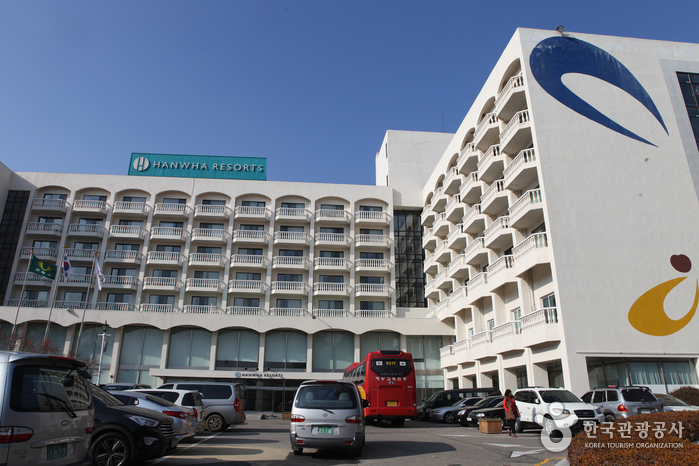
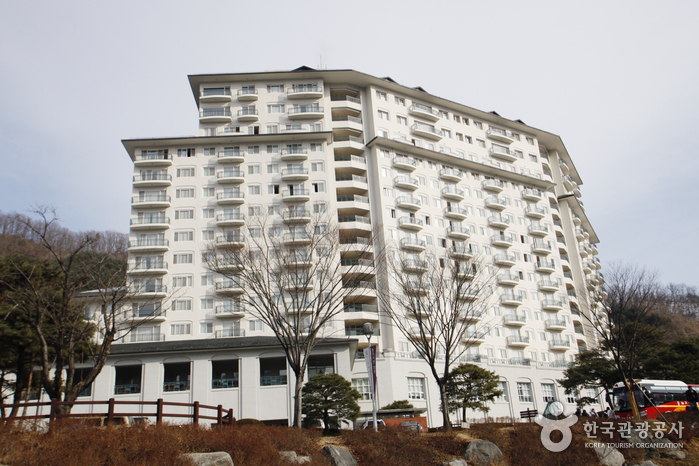

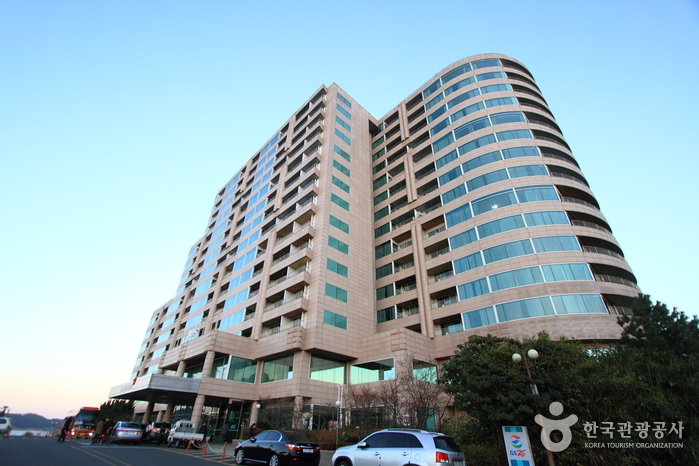
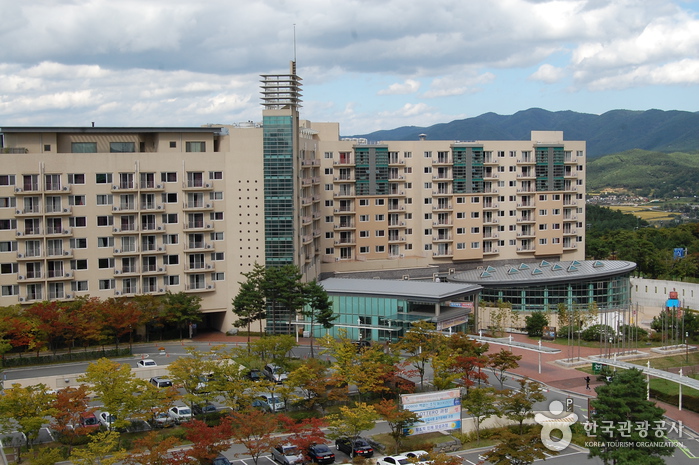
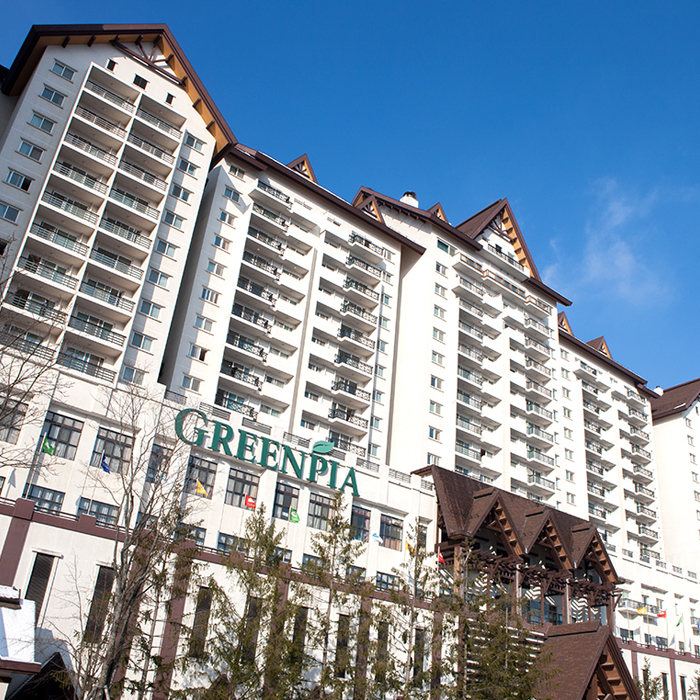
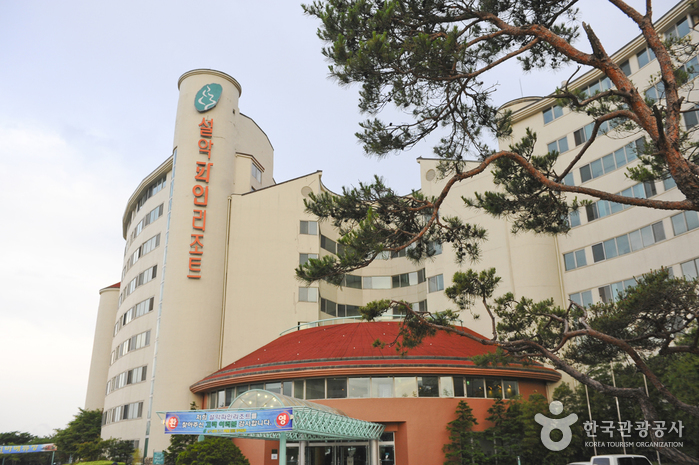
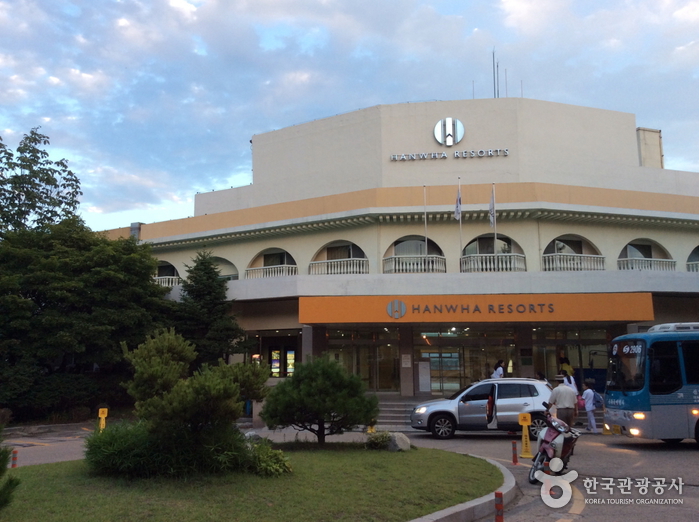

 English
English
 한국어
한국어 日本語
日本語 中文(简体)
中文(简体) Deutsch
Deutsch Français
Français Español
Español Русский
Русский